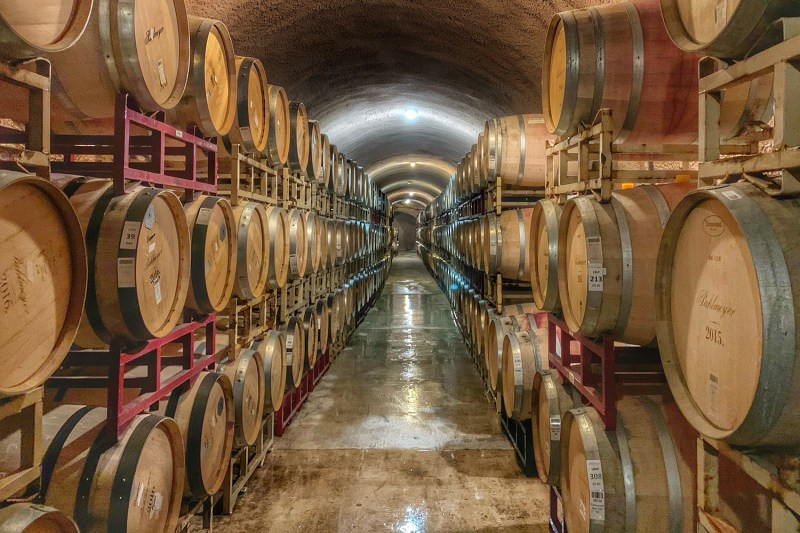
Walk into any winery on planet Earth and you’re sure to run into a barrel or two. Most commonly, these barrels are barriques, the wooden vessels made famous by vintners in Bordeaux and known for their ability to gently bring a wine from fermented juice to something well integrated and special.
Think of the barrique as the most common size of wooden barrel out there. It holds 225 liters, or about 59 gallons, making it immensely heavy when full (over 500 pounds). Yet, thanks to barrel racks and forklifts, it can be stacked elegantly in cellar spaces and climbed upon by intrepid cellar hands carrying out their day-to-day winemaking tasks.
The barrique basics
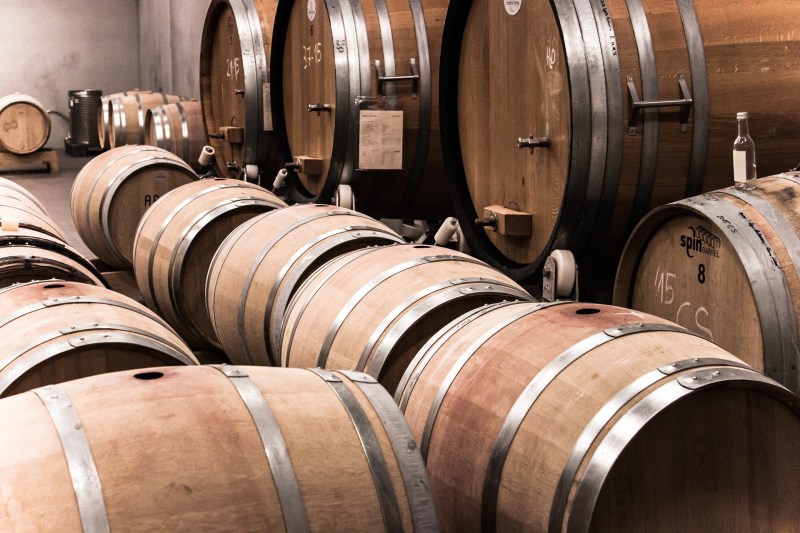
With more and more wineries opting for the barrique name, it’s worth knowing the basics. For starters — and on a surface level — it’s a sexier name. Saying something spends ten months or partially ferments in barriques makes it immediately intriguing. Shoot, if you just compared the feel of the names alone, you’d think barriques were reserved for fine wine and barrels for wastewater.
Why wood when it comes to wine? A variety of reasons. French oak is relatively delicate, without imparting too much flavor. For lighter wines, this is preferred. In fact, it’s popular for bigger wines, too — ones that aspire to show less barrel-ness and more fruit and freshness. As the American wine industry continues to experiment, we’re seeing more wood from elsewhere (or non-wood options like cement and amphora), including some grown and crafted into barrels right here at home and from woods other than oak (though due to porosity, oak is the preferred wood for barrels).
Now, there’s a lot of variation within even a category like French oak, and these details tend to bring out the bigger differences in the resulting wines. Somm types like to dive head-deep into the terroir of the barrel forest itself, citing the specific spot in France where the tree was grown and how old it was before felled. Generally, new oak imparts more flavor (think vanilla) and the toast range of a barrel can alter wine components as well (the wood is toasted at various levels — think of it like turning the nob on your toaster). As a note, a toast is different from a char, which is used in whiskey barrels (and for some whiskeys, both are used).
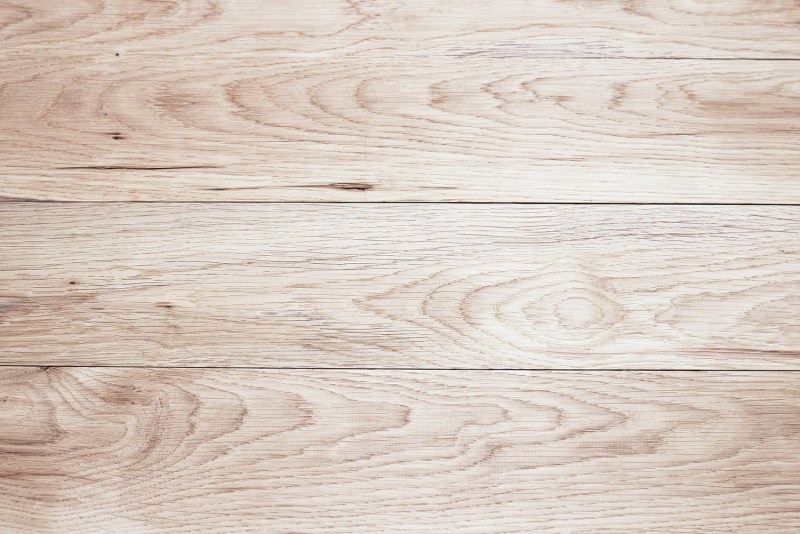
Of course, the amount of time the wine spends in the barrel can make a big difference. Wines will age in barrel anywhere from six months to several years. Basically, the longer they age, the mellower they get. With percentages of new oak, note that the wine is not typically moved from new barrel to old barrel if it’s, say, listed as 50% new wood. Instead, half of the wine is aged in new barrels and the other half in older barrels. The two lots are blended and, voila, the wine is half new oak.
The size of the barrique is no accident. It offers an ideal ratio of liquid to wood. With a fair amount of surface area, the wine’s phenols can do their little dance with the makeup of the wood, taking on certain flavor notes, and creating harmony and balance in the wine itself.
It’s a barrel type that can be topped easily, all the more important for a winemaker not shooting for the excessive oxidation that comes with something like, say, certain types of sherry. Assistant winemakers amble up large barrel stacks every few weeks, adding wine to barrels to keep them full and free of any spoilage. Evaporation takes its fair share, claiming up to six or more gallons in a barrel if left untouched.
Historically, the 225-liter size was set in the mid-19th century. It was about the largest size that could still be manipulated by hand, by a single soul if empty or a pair of strapping folks if full. Back in the day, the wines went straight onto ships this way, traveling slowly to their destination before being blended or bottled.
Which wines are aged in barriques?
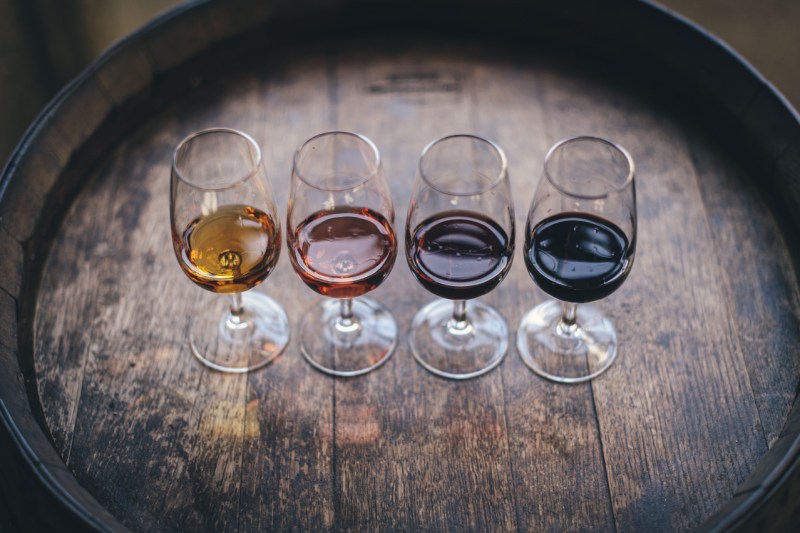
Strong, bold wines — both red and white — as well as gentle, milder varietals, benefit beautifully from a barrique. In these particular barrels, tannins and phenols are released into the wine, giving them softer, milder, yet more nuanced and complex depths of flavor, making the process beneficial to a number of varietals.
Cabernet sauvignon, pinot noir, Lagrein, cabernet franc, merlot, Sangiovese, chardonnay, sauvignon blanc, and Viognier and just a few popular wines that love a long soak in a barrique bath. Red wines age at least six months, usually between a year and two, while whites age in a barrique for considerably less time — usually less than one year.
The sexy underworld of the barrique trade
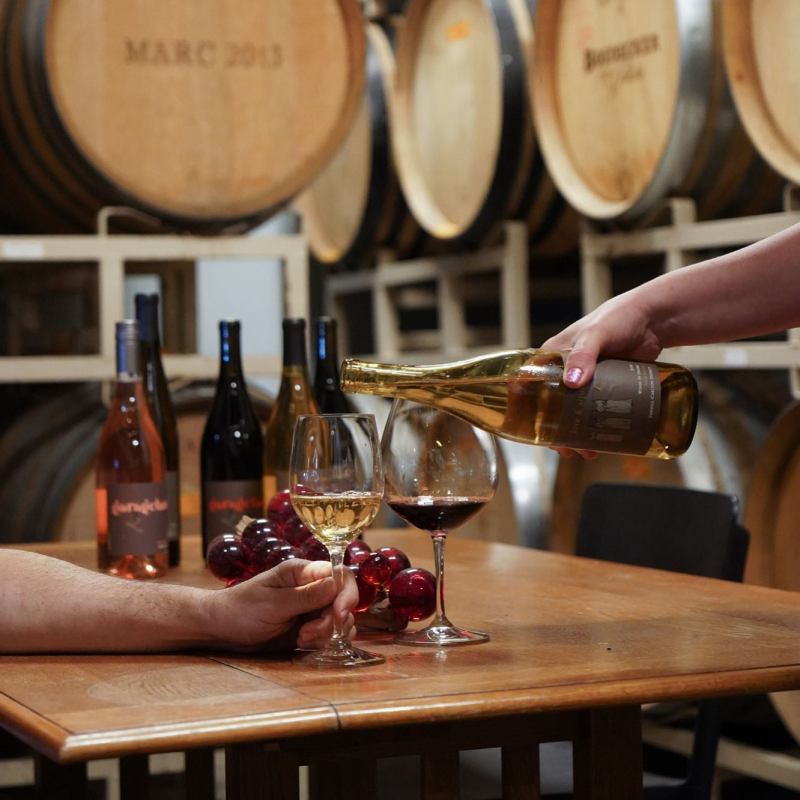
Winemaker Matt Berson of Portland Wine Company tends to get about a dozen once or twice-filled new barrels every vintage for his label. He said he’s known to keep a barrel as long as it holds wine, a mindset a of vintners subscribe to as they’ve got enough to focus on as it is, let alone cooperage. “I like the micro-oxygenation that comes with the tight pores of French oak,” Berson said. “It’s subtle but something you don’t get with stainless steel, for example.”
Berson doesn’t use any new wood in his cellar, but he likes the effects that come from the barrels that have a vintage or two to their name. Like so many winemakers, he’s constantly moving barrels in and out of his facility, jettisoning damaged or unwanted ones and making room for a fresh batch. Most wine regions have their go-to guy, a very specific “dealer” of sorts who slings in barriques.
Some of the attraction to a term like barrique, of course, is its wine-centric nature. “We used to put everything in barrels,” Berson said. “Even pickles.”
Editors' Recommendations
- How to make The Last Word cocktail, a gin classic from another era
- Far older than you think: A beginner’s guide to Mexican wine
- How to brunch like the French with lobster croissant and champagne
- What is caviar? A seafood expert breaks down all the details
- The 10 best gins for a refreshing gin and tonic


